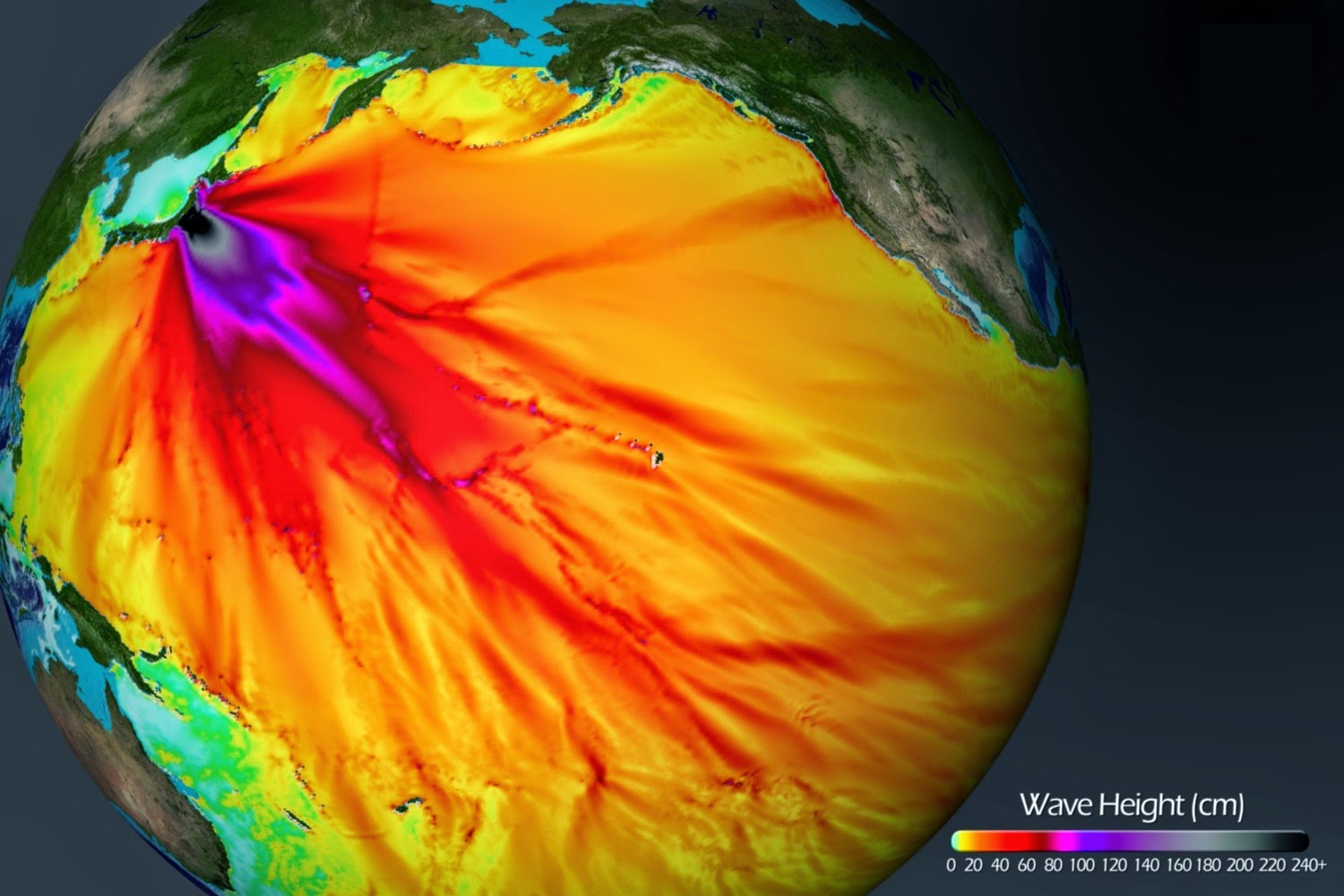by Ethan A. Huff, Natural News
Cleanup crews trying to mitigate Japan's
never-ending radiation crisis at Fukushima ran into more problems
recently after sensors monitoring a drainage gutter detected a huge
spike in radiation levels from wastewater pouring into the Pacific
Ocean.
The Tokyo Electric Power Company says radiation
levels were up to 70 times, or 7,000 percent, higher than normal,
prompting an immediate shutdown of the drainage instrument.
The first readings came around 10 a.m. local
time on February 22, setting off alarms not once but twice as radiation
levels spiked to extremely high levels

"The levels of beta ray-emitting substances,
such as strontium-90, measured 5,050 to 7,230 becquerels per liter of
water between 10:20 a.m. and 10:50 a.m.," reported The Japan Times.
"TEPCO requires radioactivity levels of groundwater at the plant discharged into the sea to remain below 5 becquerels."
TEPCO shut off leaky gutter, but radiation continued to spike throughout day
The gutter was quickly decommissioned to prevent further radiation emissions, but the leaks reportedly continued throughout the day, with radiation levels hovering between 10 and 20 times higher than normal. TEPCO says it doesn't know what caused the sudden radiation spikes.
The gutter was quickly decommissioned to prevent further radiation emissions, but the leaks reportedly continued throughout the day, with radiation levels hovering between 10 and 20 times higher than normal. TEPCO says it doesn't know what caused the sudden radiation spikes.
"With emergency surveys of the plant and
monitoring of other sensors, we have no reason to believe tanks storing
radioactive waste water have leaked," stated a plant official to the
media. "We have shut the gutter [from pouring water to the bay]. We are
currently monitoring the sensors at the gutter and seeing the trend."
Multiple major leaks reported as Fukushima generates 400 tons of new radioactive waste daily
Just four days prior to the leak, the International Atomic Energy Agency congratulated TEPCO for its continued cleanup efforts at the Fukushima site.
Just four days prior to the leak, the International Atomic Energy Agency congratulated TEPCO for its continued cleanup efforts at the Fukushima site.
This is despite numerous other radiation leaks, some of them quite major, that have occurred in recent months at the shuttered facility.
Related: Japanese Professors Says Fukushima is a "World-Ends-Scenario"
Back in October 2013, for instance, a failed
transfer of radioactive wastewater from one storage tank to another
resulted in more than four tons of highly contaminated sludge being
dumped into the ground. Not long before this, 300 tons of radioactive
waste reportedly leaked from another nearby storage tank.
As we reported earlier in the month, a worker
actually died after falling into a radioactive storage tank during a
routine inspection. The 33-foot container that swallowed the man is one
of many at the site that holds a portion of the 400 tons of highly radioactive water generated daily at Fukushima.
Fukushima workers build one new storage tank daily, but this can't go on forever



No comments:
Post a Comment